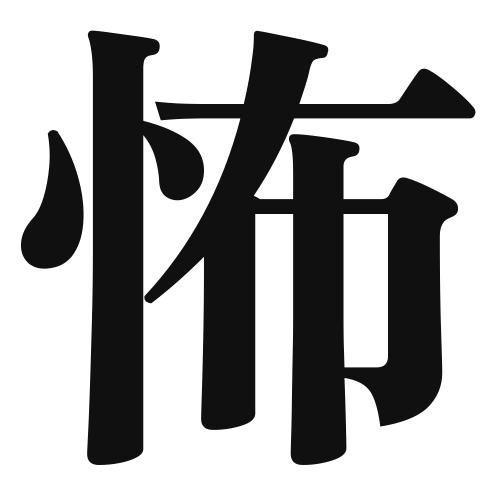1. Overview of Meaning
The kanji “怖” (pronounced “ko” or “kowa”) means “scary” or “fearful.” It is used to describe feelings of fear or things that induce fear.
2. Formation and Radical
The kanji “怖” is a phonetic compound (形声文字) that combines the radical for “fear” (忄) on the left, which is related to emotions, and the character “過” (pronounced “ka”), which contributes to the overall meaning of fear. The radical indicates that the word is related to feelings or emotions.
3. Examples of Usage
Common words and phrases that include “怖” are:
- 怖い (kawaii) – scary
- 怖がる (kowagaru) – to be afraid
Example sentences in daily conversation:
- この映画はとても怖いです。 (This movie is very scary.)
- 彼は暗い場所を怖がる。 (He is afraid of dark places.)
4. Synonyms and Antonyms
Similar kanji with related meanings include:
- 恐 (kyou) – also means fear, but often implies a deeper or more serious fear.
Antonyms include:
- 安心 (anshin) – means peace of mind or relief, indicating the absence of fear.
5. Cultural and Historical Background
The concept of fear is significant in Japanese culture, often reflected in folklore, horror stories, and festivals. The kanji “怖” is frequently used in proverbs and idiomatic expressions, such as:
- 怖いもの見たさ (kowai mono mitasa) – literally “the desire to see something scary,” which refers to the curiosity that often accompanies fear.
This reflects a cultural fascination with fear, as seen in traditional ghost stories and modern horror films.
